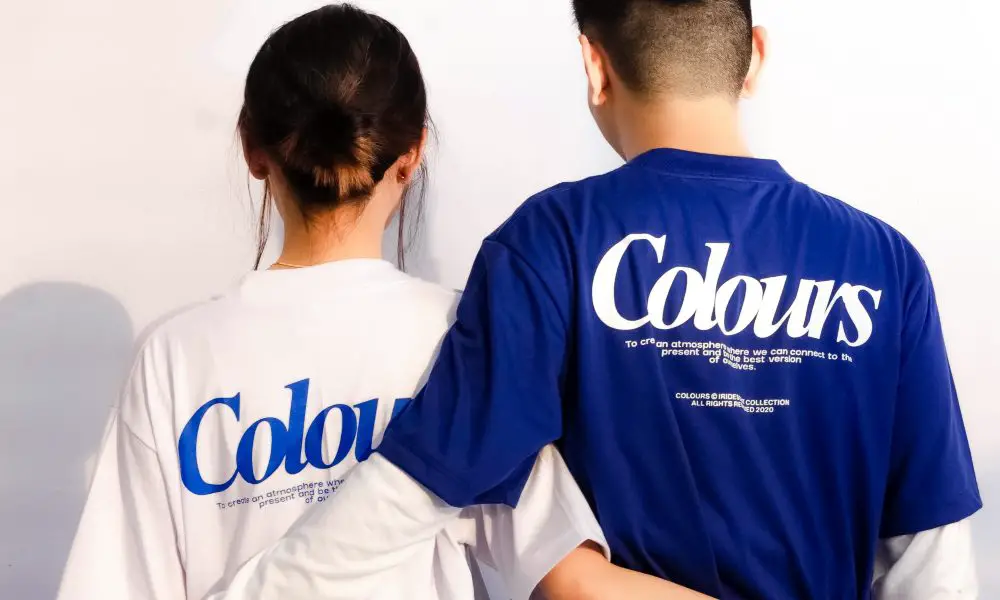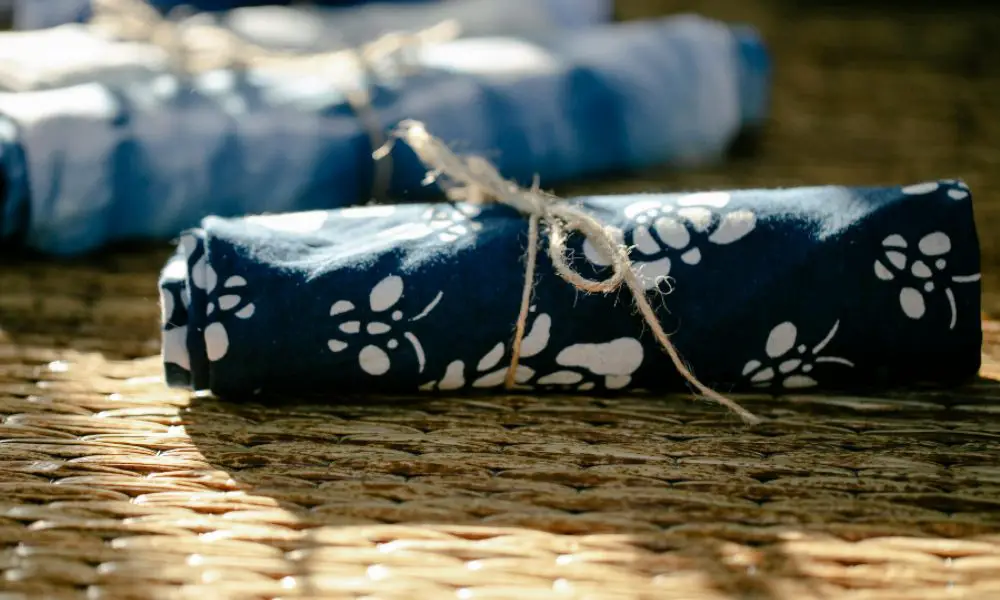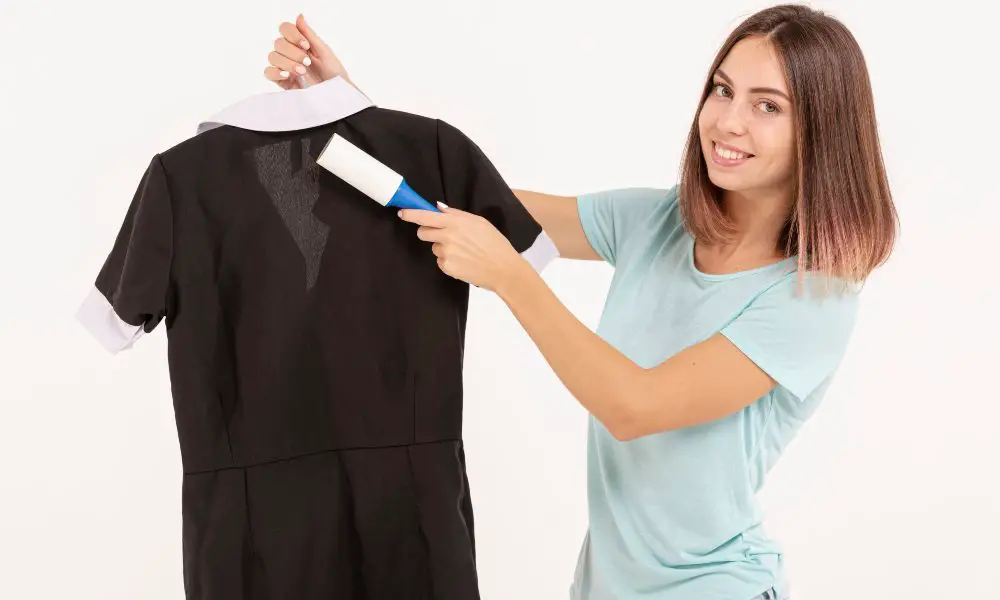The process of screen printing is capable of producing bold and opaque designs on various materials such as fabric, paper, plastic, and more. The ink bonds aggressively with the substrate, resulting in durable, permanent prints. But when screen printed items need updating due to design changes, misprints or customization desires, the process of removing the existing ink can be challenging.
This article explores common reasons for removing screen prints, the difficulties involved, tips for DIY removal methods and when to seek professional help.
Why Remove Screen Printed Designs?
There are several scenarios that may warrant removing screen printed designs:
- Branding updates require changing logos or graphics on promotional items, uniforms, signage and more. The old designs must be stripped to make way for the new.
- Errors in the original printing such as typos, off-center alignments or color mistakes need fixed by removing the botched print and reprinting correctly.
- Customization projects allow adding personal flair by stripping pre-existing designs off objects like t-shirts or posters before adding new graphics.
- Vintage collectible items can get restored to their former glory by removing faded or damaged screen prints no longer desired.
Challenges of Screen Print Removal
Screen printing ink is highly adhesive and resistant to many solvents. Removal requires breaking the strong mechanical and chemical bonds the ink forms with the material underneath. Harsh solvents combined with intense scrubbing are often needed to lift ink fully. This risks damaging delicate substrates like fabric. Additionally, intricate prints with fine details pose greater challenges than simple, sparse designs. Overall, screen print removal is a challenging feat.
DIY Screen Print Removal Tips

With the right supplies and techniques, it is possible to remove basic screen prints at home:
- Use solvents like paint thinner, acetone, or mineral spirits to dissolve ink bonds. Avoid bleach, which may discolor fabric.
- Gently scrub solvents into prints using soft bristle brushes, then blot lifted ink away with a clean sponge. Repeat process as needed.
- Don’t use excessive force when scrubbing. Start light and increase pressure gradually to avoid harming materials.
- Consider alternative removal methods like sanding or applying heat from an iron or hairdryer for plastics and wood.
- Always start by testing removal process on a hidden corner of item first to check for damage.
Professional Services for Tricky Removal Jobs
For large, intricate prints, vintage collectibles, or projects requiring a flawless finish, seek professional screen print removal services. Print shops offering this specialized service have industry-grade tools and expertise advantageous over DIY methods:
- Powerful industrial solvents quickly and safely dissolve stubborn inks.
- Specialized equipment like pressure washers, steamers, and ultrasonic cleaners speed up the process.
- Professionals have experience with nuances of different fabrics, inks and adhesives.
- Intricate designs are carefully removed by hand using techniques ideal for precision work.
- Risks of damaging valuable vintage items or apparel are greatly reduced.
Finding Quality Screen Print Removal Professionals
Use these tips to locate professional screen print removal services:
- Search online directories and maps for “screen printing” or “screen print removal” near your location.
- Check for screen print removal offerings on custom t-shirt shop websites. Many offer this service.
- Ask for referrals from local sign shops, embroidery businesses, or craft stores familiar with local printing.
- Search for reviews of print shops offering removal to assess the quality of work.
Costs and Turnaround Times
Professional screen print removal pricing varies based on factors like design size, intricacy and material type. Simple t-shirt prints may cost $20-50 removed, while detailed oversize prints range from $100-200+. Turnaround averages a few days to a week.
While screen print removal presents obstacles, the proper techniques and professionals make the process easier, whether for DIY projects or restoration work requiring an expert touch.
FAQs
What is the best solvent for removing screen prints?
For DIY removal, mineral spirits work well to dissolve many fabric screen printing inks without damaging the material underneath. Acetone or paint thinner can also be effective. Always test on an inconspicuous area first.
How do you get rid of screen printing ink residue?
Gently scrubbing with a soft brush helps lift ink residue loosened by solvents. Use a clean, absorbent sponge to blot away any remaining ink particles left behind. Be patient and repeat the process until no residue remains.
Can you remove screen prints with rubbing alcohol?
Rubbing alcohol has mild solvent properties that may help with light screen print removal, but it is generally not potent enough for heavier and more permanent screen printed inks. Stronger solvents usually prove more effective.
What ruins screen prints?
Screen print designs can become ruined from repeated washing and wearing over time. Exposure to abrasives like sandpaper or stiff brushes can scratch and peel the ink. Strong bleaches and solvents like acetone can dissolve screen printed inks entirely when attempting complete removal.
How do you get baked-on screen prints off?
Baked-on screen prints require the most potent solvents and most patience to remove. Soaking in pure acetone before gently scrubbing with a soft brush can help lift even baked ink. Avoid excess heat when removing prints to prevent further setting the ink.
Conclusion
Removing screen printed designs can be tedious and tricky work, but is sometimes necessary whether for updating logos, fixing errors, customizing items or restoring collectibles. Arm yourself with the right solvents, tools and techniques covered here to tackle basic removal jobs at home.
But for large, intricate prints or projects requiring a damage-free finish, seek out professional screen print removal services. Their commercial equipment, expertise, and experience take the hassle out of this finicky process. With some patience and perseverance, you can strip away those obsolete screen prints to make way for new designs.
***
Main image: pexels.com



